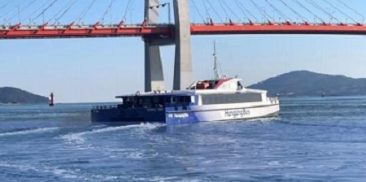首尔文化遗产
-
Jamsil Olympic Stadium, a shrine of Korean sports
-
首尔文化遗产 Registration dateWriterSMG 观看次数2,922The Seoul Olympic Stadium, commonly referred to as Jamsil Olympic Stadium, is located by the Hangang River in Jamsil, Songpa-gu, some 13km from central Seoul in the southeastern part of the city, where many high-rise apartment buildings are concentrated. In 1971, President Park Chung-Hee announced the Comprehensive Jamsil Development Plan, which included the creation of an international-scale sports facility, that is, Seoul Stadium, in a new section of the city. The plan required the reclamation of Jamsil, a vast sand island on the east side of the Hangang River. The construction of the Seoul Sports Complex began in 1977 and was completed seven years later, having used 24,000 tons of steel, 5,700 tons of steel frames, 160,000 sacks of cement, and the work of 800,000 people in total. Nearly one half of the total cost of the construction of the Seoul Sports Complex, about KRW 100 billion, was spent on the construction of Seoul Olympic Stadium. The 1988 Olympics, which was held after the 1986 Asian Games in the world’s only divided nation, was recognized as the largest in scale in Olympic history. Korea drew international criticism when it had to abandon its plan to host the Asian Games in 1970, mainly for financial reasons and a lack of facilities. But it was able to transform its national image from that of a poor, devastated nation, after the war, to that of a nation that successfully hosted two major sporting events, at Jamsil Olympic Stadium, in the 1980s.
Like It
218 人喜欢此页。






